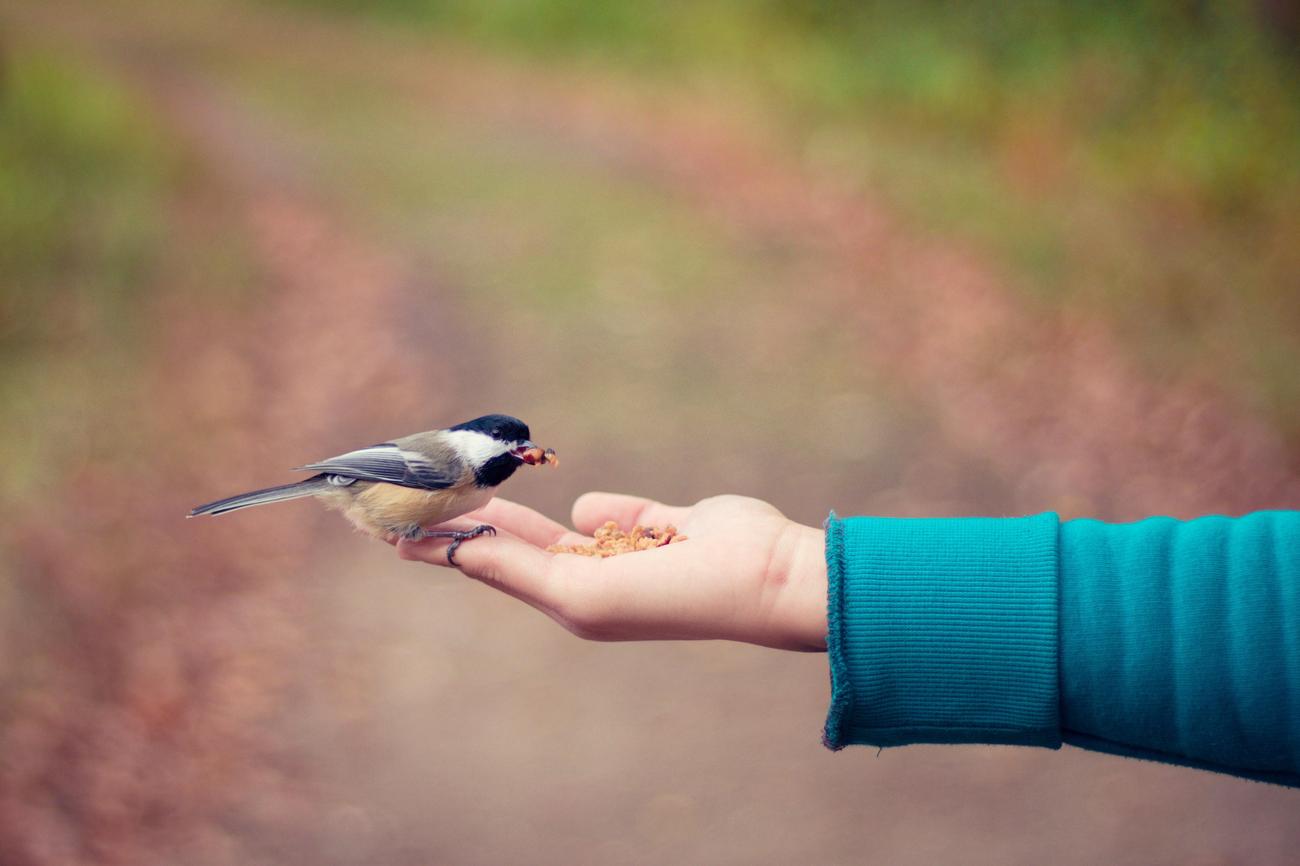What Age Is Most Common in Foster Care? Unveiling the Truth

In the shadowy depths of the foster care system, where countless young lives intertwine with the ebb and flow of societal circumstances, a poignant question arises: what age is most common in foster care? With my meticulous investigative reporting and extensive knowledge in the field of foster care, I aim to unravel the truth behind this pressing concern. As an experienced journalist specializing in social issues, I have delved deep into the maze of policies, interviewed experts and individuals impacted by foster care, and emerged with a burning passion to shed light on the realities faced by vulnerable populations. Through an array of thought-provoking and well-researched articles, I seek to provide an insightful analysis on the most common age in foster care, bringing to the forefront a critical understanding of the intricacies within this complex system.
What is the most common age in foster care?
Every child in foster care has a unique story, but there are some common trends and statistics that shed light on the ages of children in the system. So, what is the most common age in foster care? Let’s uncover the truth.
In the United States, the average age of a child in foster care is over 8 years old. That means many children enter the foster care system when they are already several years into their young lives. This statistic alone highlights the need for support and stability for older children who may have already experienced significant challenges and disruptions in their lives.
When we look closer at the gender distribution in foster care, we can see that there are slightly more boys than girls. This balance or imbalance affects the dynamics within foster care settings and underscores the importance of providing a nurturing environment for all children, regardless of their gender.
Foster care is not limited to a specific age range. In fact, children in foster care can range in age from infants up to 21 years old in some states. While infants and young children may face the challenge of finding a stable and loving home, older youth might encounter difficulties as they approach adulthood and transition out of the system. It’s crucial for policymakers and child welfare agencies to address the unique needs and challenges faced by children at each stage of their development.
While we understand that the average age of a foster youth is around 8 and a half years old, it’s worth noting that this statistic represents the midpoint of a wide range of ages. Some children enter foster care as infants, while others may enter later in their childhood. Understanding this diversity in ages is essential when developing programs and services to adequately support children in foster care.
Another key statistic to consider is the average length of time a child spends in foster care. On average, foster youth spend just under two years, or 20 months, in foster care. This length of stay can vary significantly depending on individual circumstances and the availability of suitable long-term placements. It’s essential to prioritize stability and permanency for children in foster care to minimize the disruptions they face and maximize their chances of finding a loving and nurturing home.
Currently, there are over 400,000 children in foster care in the United States. These statistics highlight the significant number of vulnerable children who are navigating the complexities of the foster care system. It is crucial for society as a whole to understand the challenges these children face and to take action to improve their well-being.
By examining foster care statistics, we can gain valuable insights into the needs of children in the system and the effectiveness of the services provided. This data plays a crucial role in determining whether child welfare agencies are adequately meeting the needs of children in foster care.
To truly understand the most common age in foster care, we must look beyond the numbers and statistics and see the hearts and souls of the children who navigate the system. Each child’s experience is unique, and it is our responsibility to ensure they have the care and support they need to thrive. As we unveil the truth about the most common age in foster care, let us remember the power we have to make a difference in the lives of these young individuals.
“Understanding the statistics is only the first step. It’s our actions and support that can truly make a difference in the lives of children in foster care.”
Foster care is a topic that not only touches the lives of countless children but also impacts our society as a whole. If you’re curious about some fascinating and eye-opening fun facts about foster care, you’ve come to the right place! Click here to discover some incredible insights and statistics about this important topic: fun facts about foster care. From heartwarming success stories to surprising numbers, this collection of information will provide you with a deeper understanding of the world of foster care. So, don’t wait any longer – click the link and prepare to be amazed!
How to Select the Age Range of Your Foster Child
[youtube v=”ASG0ZM2ON2c”]
Introduction
Welcome to another episode of Real Talks! In this video, Jeff and Maddie, experienced foster parents, share their insights on choosing the age range of foster children that would be the perfect fit for their families. This article section will delve into their decision-making process, experiences, and the challenges they faced along the way.
Understanding the Age Range
When it comes to foster care, it’s essential to consider the age range of the children you are open to welcoming into your home. In the United States, the average age of a child in foster care is over 8 years old. It’s important to note that there are slightly more boys than girls in foster care. However, foster care is not limited to a specific age range and can include infants all the way up to 21 years old in some states.
Jeff and Maddie’s Decision-Making Process
Jeff and Maddie initially expressed their preference for children aged zero to two years old. However, they were open to considering siblings if the opportunity arose. It’s crucial to understand that when you indicate your willingness to accept siblings, you are essentially indicating your openness to accepting multiple children. Jeff and Maddie shared their experience of getting three phone calls for siblings even though they initially only planned to welcome one child.
Choosing a Specific Age
Jeff and Maddie already had children of their own, ranging from one to four years old. When deciding on the age of foster children they wanted to bring into their family, they took into account their kids’ ages. They wanted to ensure that the foster children would be younger than their oldest child. The idea was to have younger children so that the transition would feel more natural, similar to bringing home a new baby for their two-year-old.
Preparing Their Bio Children
Preparing their bio children for the arrival of foster children was a unique experience for Jeff and Maddie. Since the foster babies they took in were initially placed in a different foster home, they had the opportunity to meet them a couple of times before they officially moved in. This prevented any surprises for their own children and allowed them to gradually adjust to the idea of having new siblings.
Honeymoon Period and Challenges
During the first week or month, there was a honeymoon period where things seemed relatively smooth. However, as time went on, the trauma experienced by the foster children started surfacing. Sibling fights became more frequent and resembled typical sibling dynamics. Adjusting to bath time for five kids became a challenging task, and overall, managing the routine for a bigger family required much more coordination and effort.
Supporting Bio Children
Jeff and Maddie consistently made an effort to ensure that their own bio children still received attention amidst the arrival of foster children. They maintained their established bedtime routine and took the time to talk to their kids individually. Respite care became a valuable resource as it allowed the couple to spend quality time with their bio children and do activities as a family. This decision was rooted in their desire to focus both inwardly and outwardly, knowing that it would be a significant adjustment for everyone involved.
Addressing Frustrations and Challenges
It’s normal for bio children to feel frustrated or overwhelmed by the arrival of foster children. Jeff and Maddie encountered instances where their oldest child questioned when the foster children would go back home. Initially, these comments may hurt and make parents question their own empathy. However, it’s important to communicate openly with bio children, explaining that the foster children need time and love, and reassuring them that they are still valued members of the family.
“Even though at first, we may be offended or think our child lacks empathy, it’s crucial to see it as their way of communicating that they need something,” says Maddie.
Conclusion
Selecting the age range of foster children requires careful consideration and preparation. Jeff and Maddie’s experience highlights the importance of understanding the challenges faced by foster children and the effort required to support both the foster and bio children in the family. It’s crucial for society to grasp these challenges and take action to improve the well-being of children in foster care.
“Understanding these statistics is important for developing programs and services to support children in foster care.”

FAQ
What is the most common age in foster care?
The most common age in foster care is over 8 years old, according to the average age of children in foster care in the United States.
Are there more boys or girls in foster care?
There are slightly more boys than girls in foster care.
What is the age range for foster children?
Foster children can range in age from infants to 21 years old in some states.
What is the average age of a foster youth?
The average age of a foster youth is 8 and a half years old.
How long do foster youth typically stay in foster care?
Foster youth typically spend just under two years, or 20 months, in foster care.
- Unlock Filipino Culture: A Deep Dive into Traditions and Practices - April 23, 2025
- Unlock Spanish Culture: Insights & Opportunities Now - April 23, 2025
- White Spirit Uses & Substitutes: A Deep Dive for Pros & DIYers - April 23, 2025
















